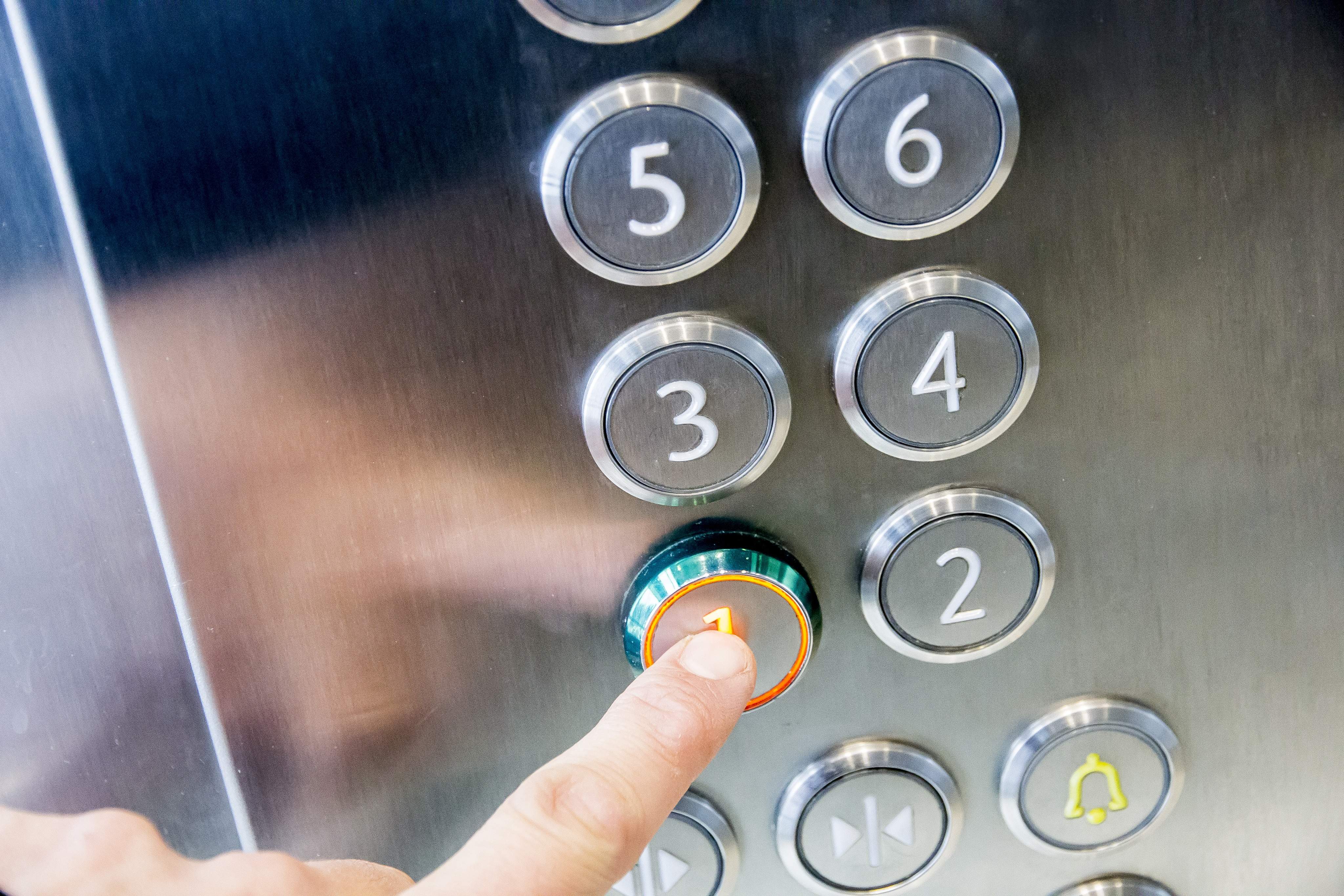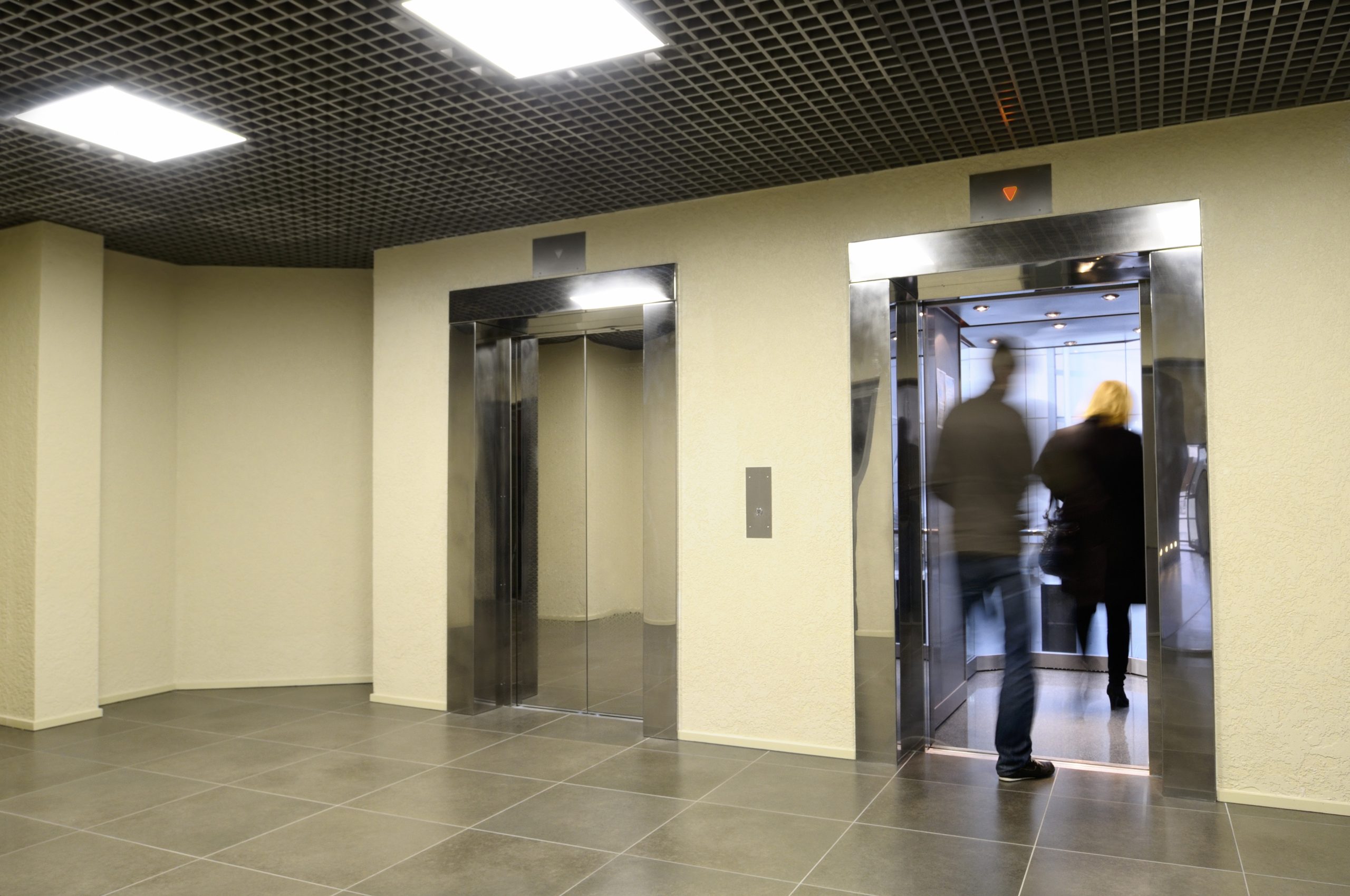There are strict and definite standards worldwide that guide the use, installation, and manufacturing of elevators that local authorities or governments use when setting elevator rules. While these regulations and standards are often adhered to, now and then, an elevator accident may happen. So, why do elevator accidents still occur? How can you improve elevator safety and lift control with risk management?
Main Components Of An Elevator
Listed below are the main parts of an elevator:
- Car/cabin: The elevator car, or cabin, is the primary part of an elevator. This part is designed to transport goods or passengers.
- Elevator machine: All types of traction elevator equipment use a traction machine. The standard traction machine has a machine bedplate, brake, drive sheave, and a motor.
- Cable: The cable or rope is used to pull and support the car. Note that the number of lays will depend on the speed and load.
- Controller: The elevator controller is a system that controls both automatic and manual elevators. Usually, it tunes down the voltage to the controlling system between 12V-24V. The fixtures and the controlling component use the low voltage power supply to control the elevator. Note that the motor is the only part that requires a 3-phase power supply.
- Elevator doors: There are manual and automatic elevator doors meant for entry and exit.
- Speed governors: Elevator speed governors can be electromagnetic, mechanical, or use a mixture of both. These are designed to regulate the speed of an elevator
- Buffers: The buffer is found on the bottom of the elevator and is designed to protect individuals in the elevator. They can stop a descending elevator car by dissipating or accumulating its kinetic energy.
- Hoistway: This is the space enclosed by elevator doors and fireproof walls for the travel of one or multiple elevators, material lifts, and dumbwaiters.
- Counterweight: Counterweights balance the elevator car. The counterweight goes down when the elevator goes up and vice versa.
- Guide rails: These have guiding surfaces installed in a hoistway vertically to guide the direction of travel of an elevator counterweight or car.
- Safety breaks: Safety breaks prevent the elevator cabin from crashing to the floor should the cables snap.

General Elevator Safety Measures
Note that in case of a fire break, one should take the stairs instead of the elevator. Below are a few elevator safety tips.
1. Press the door open button: Ensure you press the door open when the passenger elevator comes to a stop.
2. Hold the door open button: If you need to hold the elevator door open, press and hold on to the door open button.
3. Stay clear off the elevator door: Ensure that you keep your clothing away from the elevator doors and instead stand next to the walls. It also helps to hold your pets and children firmly in an elevator.
4. Watch your step: It is vital to watch your step when getting in or out of the elevator as the car may not be properly aligned with the floor.
5. Alarm button: Do not panic if you are stuck in an elevator. Instead, press the emergency contact button or the alarm button to get help.
6. Stay in an elevator if it is stuck: According to the EESF when an elevator stops, the safest place to be is in the actual elevator. Therefore, it would be best to avoid trying to open the doors. Stay calm and await safety instructions.
Visual And Functional Safety Checks
Entry and exit area: The exit and entry area should not be slippery. One has to also ensure no obstacles or elements will catch a user’s attention, causing an accident.
Lighting: All the lights in the elevator’s exit and entry area must be fully functional. It will help to check that lights are not missing and are not damaged either, as this ensures users can see possible tripping hazards.
Landing door panels: The doors should not shake while in motion, and the panels should not scrape against the frames or each other.
It helps to ensure the door frames are not damaged and the door panels’ surface has no scratches.
Stopping accuracy: The landing and car floor should be level when the elevator stops. The stopping accuracy is not supposed to vary between the two floors. The maximum tolerance should not be beyond +/- 10mm.
Final Thoughts
While it may not be simple to overcome all elevators associated risks, following elevator risk management safety can help prevent some hazards. It helps to identify potential risks and take effective action. Pay attention to how the elevator works and get professional help whenever necessary.
Secure Your Fitness Gym With Our Security Solutions!
It is vital to adhere to elevator and escalator safety regulations. At InnerTelligence, we have a range of custom-designed security and lift control systems clients can select from based on their needs. We offer a wide variety of security solutions to fit your specific needs, such as 24-hour fitness centre systems, access control systems, tailgate detection systems, CCTV systems, auto-tracking systems, and temperature monitoring systems!
If you are looking for the best security and safety solutions for your building and business, please call us today on 1300 312 184 or leave an enquiry.

Leave a Reply